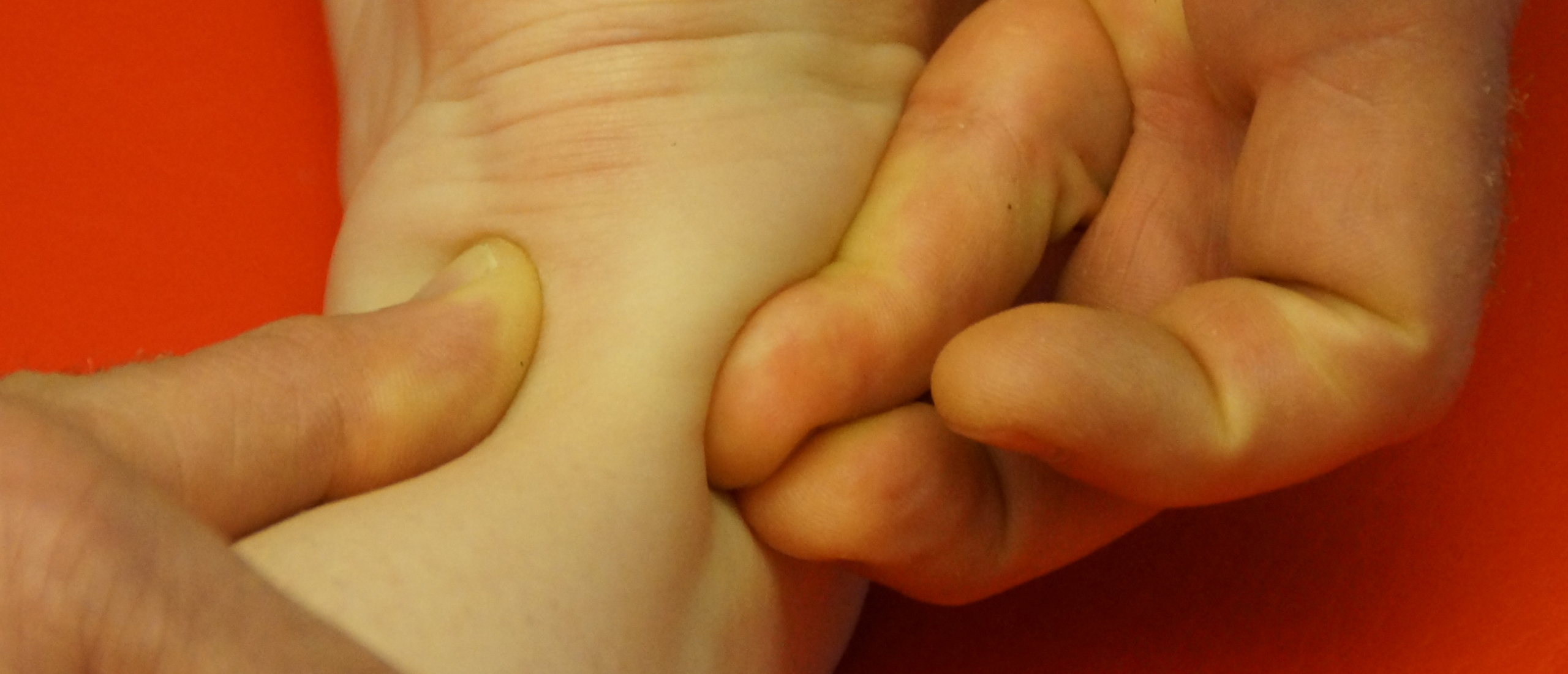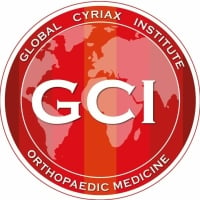
The science behind transverse friction massage
Transverse friction massage references
There is some interesting reference material in literature illustrating physiological and therapeutic effects of transverse friction massage.
There's much more to discover during the 5 days Mastermind private training in modern orthopaedic medicine Cyriax. Curious?
Scientific references on deep transverse friction massage
Sometimes there is quite some controversy about the application of transverse friction massage techniques. Have a look at some references which highlight the scientific background of those procedures. Some specfic case studies are described as well as studies on the more general physiological effect.
Interesting reference material on the effect of movement on soft tissue during the inflammation, repair and remodeling phase can be found e.g. in "The human extremities, mechanical diagnosis and therapy, McKenzie and May, Spinal publications New Zealand, 2000, p 22-36"
More specific and general references on transverse friction massage can also be found in following publications :
- A system of Orthopaedic Medicine, first edition, Ombregt et al., Saunders 1995, p 71-77
- A system of Orthopaedic Medicine, third edition, Ombrent, Churchill Livingstone 2013, p 83-94
- Orthopaedic medicine, a practical approach, 2nd edition, Kesson-Atkins, Elsevier 2005, p 65-82
More references on transverse friction massage...
- Joseph Michael F. et al, “Deep friction massage to treat tendinopathy : a systematic review of a classic treatment in the face of a new paradigm of understanding”, Journal of Sport Rehabilitation, 2012, 21, 343-353
“The analysis of articles revealed evidence for the incorporation of DTM in the treatment of tendinopathy. Comparison of studies was made difficult by the varied location of tendinopathies, confounding cotreatments in comparison groups, and varied outcome measures used.
Much of the original rationale for the use of DFM remains valid in light of a complete shift in understanding of the pathogenesis of tendinopathy.
Future randomized comparison studies are necessary that incorporate true control groups and compare DFM in isolation with other modes of treatment.
Studies such as these are very difficult to undertake, as they inherently deny treatment to a group of participants.”
- “Recent studies using light microscopy, electron microscopy and immunoelectron microscopy have shown that after friction massage there is fibroblastic proliferation and realignment of collagen fibers” Davidson CJ, Ganion LR, Gehlsen GM, et al. Rat tendon morphologic and functional changes resulting from soft tissue mobilization. Medicine and Science in Sports and Exercise 1997;29(3):313-319.
- “They believe that friction massage causes a microtrauma to an area of excessive soft tissue fibrosis or scar. They state: "The micro-injury causes microvascular trauma and capillary hemorrhage, resulting in a localized inflammatory response which serves as the stimulus for the body's healing cascade and immune/reparative system." The fibroblastic proliferation is responsible for the repair and regeneration of collagen, since fibroblasts produce fibronectin and synthesize collagen.” Roush MB, Miller KW, Stover SA, et al. Augmented soft tissue mobilization in the treatment of chronic achilles tendinitis. Muncie, IN: Performance Dynamics, Research Binder, 1998.
- “A study by Gehlsen et al. demonstrated that the fibroblastic proliferation was directly dependent upon the magnitude of the applied pressure by their instrument” Gehlsen GM, Ganion LR, Helfst R. Effects of pressure variations on tendon healing. Muncie, IN: Performance Dynamics, Research Binder, 1998.
- Brosseau et al. “deep transverse friction massage for treating tendinitis”, Cochrane database Syst Rev 2002, (4), CD003528. Review
- Chamberlain G. “Cyriax friction massage : a review”, J Orthop Sport Phys Ther 4:16-22, 1982
- De Bruijn R., “Deep transverse friction : its antalgic effect” International Journal of Sports Medicine, 5:35-36, 1984
- De Coninck S-Meeus K. “Is it possible to use friction massage as a differential diagnostic medium : a test-retest experimental study”, 2005, online publication – presentation Physiokongress Aachen 2006
- Schwellnus M.P. et al., “Deep transverse frictions in the treatment of the iliotibial band friction syndrome in athletes : a clinical trial”, Physiotherapy, august 1992, vol 78 nr8
- Walker H., “Deep transverse frictions in ligament healing”, J Orthop Sports Phys Ther 6(2):89-94, 1984
- Dolunay E., “the effect of transverse friction massage in physiotherapy and rehabilitation of shoulder impingement syndrome”, Ankary Univ, Dikimevi Journal of the School of health care professions, vol 7, Nr 1, june 2005, p11
- Christie W. et al. :”Cross-frictional therapy and stretching for the treatment of palmar adhesions due to Depuytren’s contracture : a prospective case study”, Manual Therapy 17 (oct 2012), 479-482…
removal of adhesions by DF…
DF enhances the proliferation of extracellular matrix fibroblasts, improves ion transport and decreases cell matrix adhesions (Howitt et al. 2006)
Stimulates healing by initiating a focal inflammatory response (Perle-Lawson 2004)
